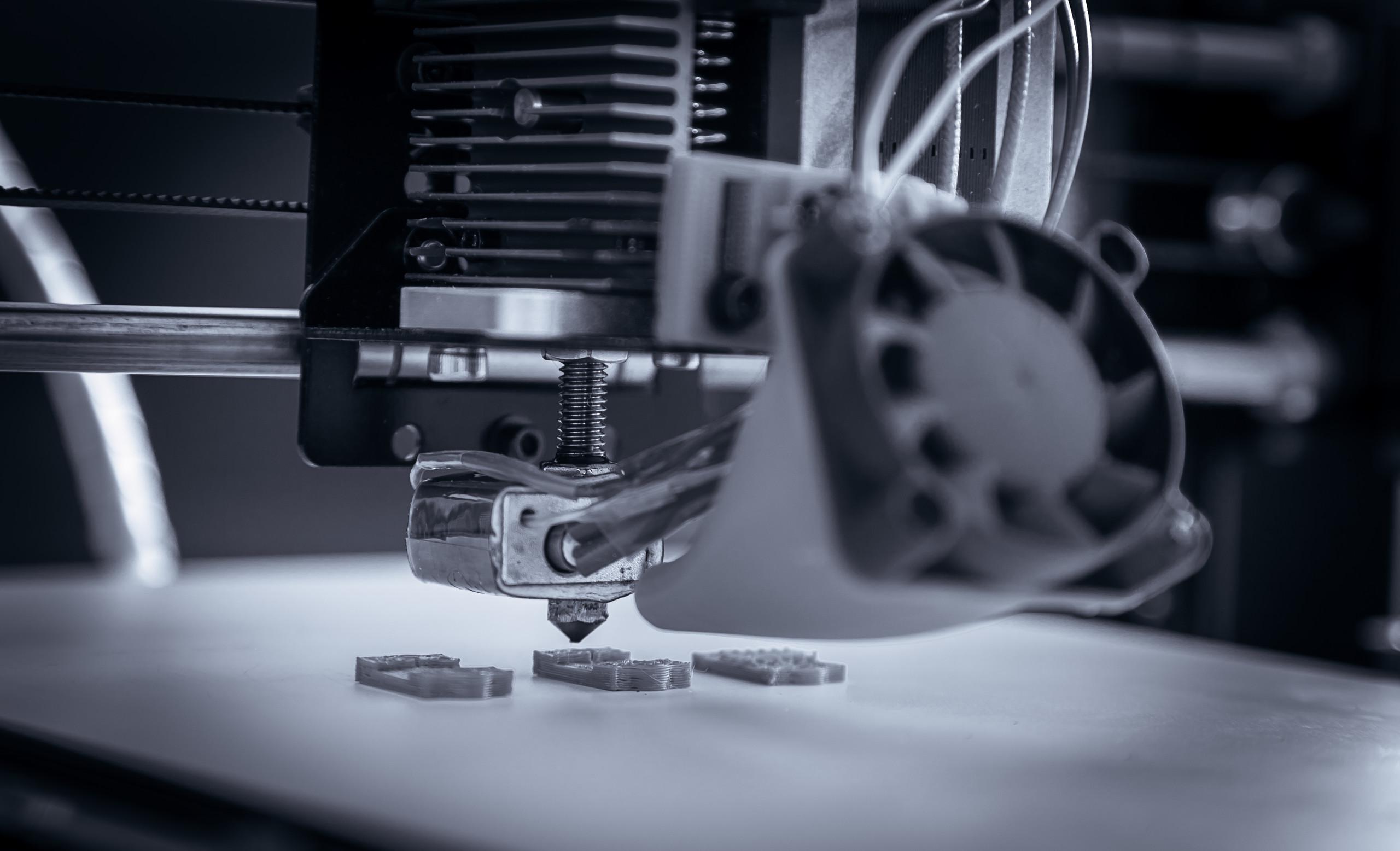Revolutionizing Manufacturing: Metal Embossing Technology Fused with 3D Printing Unleashes a New Era of Production+ View more
Revolutionizing Manufacturing: Metal Embossing Technology Fused with 3D Printing Unleashes a New Era of Production
+ View more
Date:2023-12-13 11:21
Introduction: A Fusion of Traditions and Innovations
In the realm of modern manufacturing, the fusion of traditional metal stamping techniques with disruptive 3D printing innovations is catalyzing a transformative wave in the industry. At its core, this evolution hinges on amalgamating the precision and versatility of metal embossing technology with the revolutionary capabilities of 3D printing.

Metal Stamping: A Foundation of Precision and Durability
Metal stamping, a time-honoured method of shaping metals using pressure and moulds, has long served as a cornerstone across diverse industries. Its proficiency in crafting intricate designs and durable products has rendered it indispensable in the automotive, aerospace, electronics, and consumer goods sectors.
The Fusion: Amplifying Capabilities through Integration
The convergence with 3D printing, renowned for its capacity to fabricate complex geometries and customized components, amplifies metal stamping's capabilities. This fusion introduces flexibility, customization, and rapid prototyping into a previously rigid process.
Empowering Possibilities: Revolutionizing Aerospace and More
This fusion empowers manufacturers with unparalleled possibilities, notably seen in aerospace. The combined technologies create structurally robust yet remarkably lightweight components, significantly enhancing fuel efficiency and overall performance.
Precision Meets Design Freedom: Redefining Prototyping and Production
Integrating 3D printing's design freedom with metal stamping's precision produces intricate, high-quality metal parts previously unachievable. This approach spearheads a paradigm shift in prototyping and low-volume production, offering cost-effective solutions and significantly reducing time-to-market.

Driving Sustainability: Enhancing Eco-Conscious Practices
The synergy between metal embossing and 3D printing drives sustainability initiatives. Optimizing designs, minimizing material waste, and utilizing recyclable materials align with environmentally conscious production practices, addressing concerns about resource conservation and ecological impact.
Challenges and Advancements: Research and Development Frontiers
While industries embrace this synergy, challenges in process optimization, material compatibility, and scalability persist. Innovators relentlessly refine and expand these fusion capabilities, ensuring seamless integration into diverse manufacturing ecosystems.
Conclusion: Paving the Way for a New Era of Possibilities
In conclusion, the fusion of metal embossing technology with 3D printing heralds a manufacturing renaissance. This integration not only enhances production efficiency and precision but also ushers in unprecedented customization, sustainability, and innovation across sectors, propelling manufacturing into an era of boundless possibilities.
Share to:
Recommend wonderful blog posts

